Mulberry
[Medicinal] The leafy stems and branches of Taxilluschinesis (DC.) Danser, a small shrub of the Morinaceae family.
[Nature and flavor and meridians] Bitter, neutral. Enters the liver and kidney meridians.
[Effects] Eliminate rheumatism, nourish the liver and kidney, strengthen the tendons and bones, nourish blood and stabilize the fetus.
[Clinical application] 1. Used for rheumatism, pain in the waist and knees, etc.
This product can not only eliminate rheumatism, but also nourish the liver and kidney, strengthen the tendons and bones. It is most suitable for rheumatism, liver and kidney deficiency, and pain in the waist and knees. It is often used in combination with Angelica dahurica and Achyranthes bidentata.
2. Used for liver and kidney deficiency, pain in the waist and knees, weak feet and knees, etc.
This product has a mild medicinal property and specifically enters the liver and kidneys. It is an important medicine for nourishing the liver and kidneys. Therefore, it is often used in combination with Eucommia ulmoides and Dipsacus asper for the elderly with physical weakness, women with frequent menstrual discharge, liver and kidney deficiency, pain in the waist and knees, and weak tendons and bones.
3. Used for symptoms such as fetal bleeding and restless fetus
This product has the effect of nourishing the liver and kidney and nourishing blood to stabilize the fetus. It is used for fetal bleeding and restless fetus caused by liver and kidney deficiency and Chong and Ren instability. It is often used in combination with Dipsacus asper, Cuscuta chinensis, and donkey-hide gelatin.
In addition, this product has a hypotensive effect and has been commonly used in clinical practice for hypertension in recent years.
[Prescription name] Mulberry parasite, Du parasite, and Bei parasite (wash, dry, and chop)
[General dosage and usage] Three to five coins, decocted and taken.
[Comment] Mulberry parasite is bitter, sweet and flat. It enters the liver and kidney meridians, has the function of dispelling wind and dampness, and can nourish the liver and kidney. Therefore, it is mainly used for symptoms of arthralgia and soreness of the waist and knees for a long time; and the effect of nourishing the liver and kidney is also very significant. Therefore, it is also a commonly used medicine for liver and kidney deficiency rather than rheumatism. It has a mild nature, good effect and few disadvantages, and is truly a good product. In addition, this product can also treat restless fetal movement and fetal bleeding. It also has a hypotensive effect and can be used for hypertension.
[Literature Excerpt] “Ben Jing Feng Yuan” says: “It is good at removing wind and dampness, and regulating blood vessels. Therefore, “Ben Jing” uses it to treat women’s back pain, children’s back pain and other diseases. When blood vessels are regulated and the skin, eyebrows and beard are protected by it, even carbuncle swelling can be dissipated.”
“Ben Cao Qiu Zhen” says: “Mulberry parasite is known as a key agent for nourishing the kidney and blood. Because the kidney governs the bones and the hair governs the blood, bitterness enters the kidney and the kidney is nourished, so the tendons and bones are strong. Sweetness nourishes blood, and when the blood is nourished, the hair is protected by it and does not wither and fall off. Therefore, all internal low back pain, tendon and bone diseases, miscarriage, external wounds, skin rheumatism, why not use it as the main treatment.”
This product is the plant of the mistletoe family, Jaxillus chinensis(DCDanser) dry stems with leaves. Harvested from winter to next spring, the thick stems are removed, cut into sections, dried, or dried later.
[Properties]
The stems of this product are cylindrical, 3~4cm long, 0.2~1cm in diameter; the surface is reddish brown or grayish brown, with fine longitudinal lines, and many small protruding brown lenticels, and some young branches have brown hairs: hard texture, irregular cross section, reddish brown in the cortex, lighter in the middle. The leaves are mostly curled, with short petioles: the leaves are ovate or elliptical when flattened, 3~8cm long, 2~5cm wide; the surface is yellowish, the young leaves are covered with fine hairs, the tip is blunt, and the base is light. The stem is round or broadly cuneate, with entire margins; leathery. Slight odor, astringent taste.
[Identification]
(1) Cross-section of the stem of this product: Epidermal cells sometimes remain. The cork layer consists of more than 10 rows of cells, some of which contain brown substances. The cortex is narrow, and old stems have stone cell groups and thin-walled cells containing brown substances. There are stone cell groups and fiber bundles in the pericycle, which are arranged in intermittent rings. The phloem is very narrow, and the rays are scattered with stone cells. The cambium in the bundle is obvious, and the xylem rays are 1 to 4 rows of cells wide. Stone cells can also be seen near the pith; the vessels are scattered singly or 2 to 3 together. There are stone cell groups in the pith, and the thin-walled cells contain brown substances. Some stone cells contain calcium oxalate crystals or brown substances.
The powder is not pale Yellow-brown. Stone cells are square or round, occasionally branched, some with thick walls on three sides and thin walls on one side, containing calcium oxalate. Fibers are bundled, with a diameter of about 17um. Marginal pit ducts, reticular ducts and spiral ducts are common. Star-shaped hair branch fragments are rare.
(2) Take 5g of this product powder, add 60ml of methanol-water (1:1), heat and reflux for 1 hour, filter while hot, concentrate the filtrate to about 20ml, add 10ml of water, and then add about 0.5ml of dilute acid, boil and reflux for 1 hour, shake and extract with ethyl acetate twice, 30m! each time, combine the ethyl acetate solution, concentrate to 1ml, and use it as the test solution. Take the quercetin reference substance, add ethyl acetate to make a solution containing 0.5 mg per 1 ml as the reference substance solution. According to the thin layer chromatography method (General Rule 0502), take 10u of each of the above two solutions and spot them on the same brick glue G thin layer plate prepared with 0.5% sodium hydroxide solution, use toluene (water saturated)-ethyl formate-formic acid (5:4:1) as the developing agent, develop, take out, dry, spray with 5% aluminum chloride ethanol solution, and examine under ultraviolet light (365nm). In the chromatogram of the test substance, at the corresponding position of the chromatogram of the reference substance, a fluorescent spot of the same color appears,
【Inspection)
Cardiac glycosides Take 10g of crude powder of this product, add 50ml of 80% ethanol, heat and reflux for 30 minutes, filter, evaporate the filtrate, add 10ml of hot water to dissolve the residue, filter, add ether to the filtrate and shake it for 4 times, 15ml each time, discard the ether layer, take the lower aqueous solution, add saturated lead acetate solution until precipitation is complete, filter, add 10ml of ethanol to the filtrate, add saturated sodium sulfate solution to remove lead, filter, add chloroform to the filtrate and shake it for 3 times, 15ml each time, combine the chloroform solution, concentrate to 1ml, take the concentrated solution and apply it on the filter paper, dry it, add alkaline 3,5-dinitrobenzoic acid solution (take 1ml of dinitrobenzoic acid test solution and sodium hydroxide test solution each, mix), and it should not show purple-red color.
… The outer skin is reddish brown or grayish brown, with fine longitudinal lines and many small brown lenticels. Some young branches have brown hairs. The cut surface is reddish brown, and the wood is lighter. The leaves are mostly curled or broken. The intact ones are ovate or elliptical when flattened. The surface is yellowish brown. The young leaves are finely hairy, blunt at the tip, round or wide wedge-shaped at the base, and entire; leathery. Slight smell, astringent taste.
[Identification] [Inspection]
Same as medicinal materials.
[Nature and flavor and meridians]
Bitter, sweet, flat. Enter the liver and kidney meridians.
[Functions and indications]
Dispel rheumatism, nourish the liver and kidney, strengthen the tendons and bones, and stabilize the fetus. Used for rheumatic arthralgia, soreness of the waist and knees, weakness of the tendons and bones, frequent metrorrhagia, bleeding during pregnancy, restless fetal movement, dizziness.
[Usage and dosage]
9~15g.
[Storage]
Place in a dry place to prevent moth.
Where is the main origin of mistletoe?
Mistletoe is mainly produced in Guangxi, Guangdong, Fujian, Taiwan, Yunnan, Guizhou, Sichuan and other places.
Where is the main medicinal part of mistletoe?
Medicinal parts of mistletoe:
This product is the dried stems and branches with leaves of the plant Taxilus chinensis (DC.) Danser of the Loranaceae family. It is harvested from winter to the next spring, the thick stems are removed, cut into sections, dried, or steamed and dried. Properties of medicinal parts of mistletoe:
The stems and branches are cylindrical, 3~4cm long and 0.2~1cm in diameter. The surface is reddish brown or grayish brown, with fine longitudinal lines and many small protruding brown lenticels. Some young branches have brown-brown hairs; the texture is hard, the cross section is uneven, the bark is reddish brown, and the wood is lighter in color.
The leaves are mostly curled and have short petioles; the leaves are ovate or elliptical when flattened, 3~8cm long, 2~5cm wide, and the surface is yellow-brown; the young leaves are finely hairy, blunt at the tip, rounded or wide cuneate at the base, and entire; leathery. Slight smell, astringent taste.
The ones with thin branches, tender texture, reddish brown, and many leaves are preferred.
How are mistletoe recorded in ancient books?
Mistletoe was first recorded in Shennong’s Herbal Classics, “It is used to treat back pain, stiff backs in children, carbuncle, stabilize pregnancy, replenish skin, strengthen hair and teeth, and grow beards. “Ben Jing Feng Yuan”: “It is used to treat back pain, stiff backs in children, carbuncle, stabilize pregnancy, replenish skin, strengthen hair and teeth, and grow beards. 79 “Famous Doctors’ Records”: “It is used to treat wounds, remove numbness, women’s metrorrhagia, internal injuries, postpartum diseases, and lactation.
“Yao Xing Lun”: “It can make the fetus firm and treat bleeding during pregnancy.
“Compendium of Materia Medica”: “This thing lives on other trees, like a bird standing on it, so it is called parasite, living wood, and cypress wood.”
Effects
Mulberry parasite has the effects of dispelling rheumatism, nourishing the liver and kidneys, strengthening tendons and bones, and calming the fetus.
What are the main effects and clinical applications of mistletoe?
Mulberry parasite is mainly used for rheumatic arthralgia, soreness of the waist and knees, weakness of tendons and bones, metrorrhagia, bleeding during pregnancy, restless fetal movement, dizziness.
Removing rheumatism and unblocking meridians
This product is bitter, dry and sweet, and it is good at dispelling rheumatism and nourishing the liver and kidneys and strengthening tendons and bones.
It is especially suitable for treating arthralgia for a long time, damaging the liver and kidneys, soreness of the waist and knees, and weakness of tendons and bones. It can be used with Duhuo, Eucommia, Achyranthes bidentata, cinnamon heart, etc., such as Duhuo parasite soup.
Nourishing blood vessels and calming the fetus
This product is good at replenishing the blood of the liver and kidneys and calming the fetus.
Treat liver and kidney deficiency, menorrhagia, metrorrhagia, bleeding during pregnancy, restless fetal movement It can be used with donkey-hide gelatin, radix scutellariae, angelica sinensis, etc., such as Mulberry Parasite Powder: or with donkey-hide gelatin, radix scutellariae, dodder seed, such as Shoutai Pills.
Nourishes the liver and kidneys, improves the essence and blood
· Nourishes the liver and kidneys, improves the essence and blood, strengthens the tendons and bones, nourishes the hair and strengthens the teeth, produces marrow to fill the brain and calms the dizziness.
Therefore, it can be used for the symptoms of sore waist and knees, weak tendons and bones, dry hair and tooth loss, and dizziness caused by liver and kidney yin deficiency.
What are the compound preparations containing mistletoe?
Shi Guogong Medicinal Wine
Relieves Wind-dispelling dampness, promoting blood circulation and unblocking collaterals. Used for wind-cold-dampness arthralgia, joint pain, and numbness of the limbs.
Shufeng Huoluo Tablets
Dispel wind and cold, remove dampness and unblock collaterals. Used for arthralgia caused by wind-cold-dampness obstruction, with symptoms of joint pain, local aversion to wind and cold, numbness of the limbs, and back pain.
Shujing Huoluo Wine
Dispel wind and dampness, promote blood circulation and unblock collaterals, nourish yin and produce body fluid. Used for arthralgia caused by wind-rheumatic obstruction, blood stasis, and excessive yin. See joint pain, poor flexion and extension, numbness of limbs.
Qiangshen Zhentong Pills
Warm the kidney and dispel cold. Used for waist and leg pain caused by kidney deficiency and cold, and weakness of feet and knees.
Zhuangyao Jianshen Oral Liquid (Pills)
Strengthen the waist and kidney, dispel wind and activate collaterals. Used for kidney deficiency and low back pain, rheumatic bone pain, weakness of waist and knees, and frequent urination.
Modern research progress on mistletoe
Modern research shows that mistletoe mainly contains flavonoids (glaucine, quercetin, hyperoside, quercetin, etc.), volatile oils (benzoylbenzene, aromatic curcumin, eucalyptol, etc.) and other chemical components; it has analgesic, anti-inflammatory, hypoglycemic, hypolipidemic, anti-tumor, anti-allergic, antioxidant, memory enhancement and other effects.
Usage
Mistletoe has the effects of removing rheumatism, nourishing the liver and kidney, strengthening tendons and bones, and calming the fetus. Generally use mistletoe slices , decoction.
How to use mistletoe correctly?
When mistletoe decoction is taken orally, the common dosage is 9~15g.
Mistletoe can be processed by different methods to produce Chinese medicinal materials such as mistletoe and wine mistletoe. Different processing methods have different effects, but the method of use is the same. Please follow the doctor’s advice for specific medication.
Mistletoe is generally used in decoctions, decoctions are taken, and powders can also be made, soaked in wine or mashed for juice. However, the use of Chinese medicinal materials must be treated according to syndrome differentiation and should be used under the guidance of professional Chinese medicine practitioners. It should not be used at will, and it is even more forbidden to listen to Chinese medicine prescriptions and advertisements at will. Common Chinese medicine compatibility is as follows:
Mistletoe with Duhuo: Mulberry can both dispel rheumatism and strengthen muscles and bones; Duhuo can dispel wind, cold and dampness and relieve pain. The two medicines are matched, which can both dispel wind, cold and dampness and strengthen the waist and knees. It can be used to treat rheumatism, pain in the waist and knees.
In addition, mistletoe can also be used for daily health care. Common ways of consumption are as follows:
· Soaking in wine: mistletoe is combined with acanthopanax bark and eucommia bark to make wine. It is suitable for long-term rheumatism, liver and kidney deficiency, soreness of waist and knees, pain and other symptoms. Parasitic eucommia egg: 10g each of mistletoe and eucommia bark, 5g of donkey-hide gelatin, and 2 eggs. Add water to mistletoe and eucommia bark to make a concentrated juice, and dissolve the donkey-hide gelatin; crack the egg, pour it into a bowl, add the juice, stir well, and steam it to eat. It is suitable for bleeding during pregnancy, fetal movement, or habitual abortion.
How to prepare mistletoe?
Mistletoe: Take the original medicinal material, remove impurities, separate the coarse and fine, wash it with water, moisten it thoroughly, cut it into thick slices or segments, and dry it.
Wine mistletoe: Take clean mistletoe slices or segments, spray them with wine, mix them well, simmer them thoroughly, put them in a pot and heat them over low heat until the surface turns dark yellow.
What drugs should be used with mistletoe at the same time and require special attention?
The combined use of Chinese medicine and Chinese and Western medicine requires syndrome differentiation and treatment, and clinical individualized treatment.
If you are using other drugs, please consult a doctor before taking the medicine, and inform the doctor of all your diagnosed diseases and the treatment plan you are receiving.
Instructions for use
The use of Chinese medicine requires syndrome differentiation and treatment, and clinical individualized treatment. Therefore, please consult a professional doctor before taking the medicine, and use the medicine in a standardized manner under the guidance of the doctor.
What precautions should be taken when using mistletoe?
·Mistletoe with thin branches, tender texture, and many leaves is the best.
Pregnant and lactating women: If you are pregnant, planning to become pregnant, or are lactating, please inform your doctor in time and ask whether Chinese medicine can be used for treatment.
·Children: Children’s medication must be carried out under the guidance of a doctor and adult supervision.
Please keep the medicinal materials properly and do not give your own medicinal materials to others.
How to identify and use mistletoe?
Mistletoe is often confused with the following drugs when used!
Mistletoe and Dipsacus
They have similar effects of nourishing the liver and kidney, strengthening tendons and bones, and replenishing blood and calming the fetus. The “Compendium of Materia Medica” says that the two can be used interchangeably. However, Dipsacus can promote the flow of all meridians and is good at repairing tendons and bones, and it can activate blood circulation without causing bleeding, so it is often used in the symptoms of frequent metrorrhagia in orthopedics and gynecology. Mistletoe can also dispel rheumatism, so rheumatic low back pain and muscle and bone pain belong to the liver and kidney, and it is better to use it than Dipsacus. The two drugs have similar effects, but the treatment has a focus.
Dipsacus is a yang-tonifying drug, bitter, pungent, and slightly warm. It enters the liver and kidney meridians. It has the effects of nourishing the liver and kidney, strengthening tendons and bones, repairing fractures, and stopping metrorrhagia. It is used for sore waist and knees due to liver and kidney deficiency, rheumatic arthralgia, injuries from falls, fractures caused by tendons, metrorrhagia, and fetal leakage. Wine Dipsacus is mostly used for rheumatic arthralgia, injuries from falls, fractures caused by tendons. Salt Dipsacus is mostly used for sore waist and knees. The general dosage is 9~15g. Mulberry is an anti-rheumatic drug with a bitter, sweet and flat taste. It enters the liver and kidney meridians. It can dispel rheumatism, nourish the liver and kidney, strengthen the tendons and bones, and stabilize the fetus. It is used for rheumatic pain, soreness of the waist and knees, weakness of the tendons and bones, frequent metrorrhagia, bleeding during pregnancy, restless fetal movement, and dizziness. The general dosage is 9~15g.
Mulberry and mistletoe
Mulberry is the dried leafy stems and branches of the plant Taxillus chinensis (DC.) Danser of the Morus altissima family. It tastes bitter, sweet, and flat, and enters the liver and kidney meridians. It has the effects of dispelling rheumatism, nourishing the liver and kidney, strengthening the tendons and bones, and stabilizing the fetus. It can be used for rheumatic pain, soreness of the waist and knees, weakness of the tendons and bones, frequent metrorrhagia, bleeding during pregnancy, restless fetal movement, and dizziness.
Mistletoe is the dried stems and branches with leaves of Viscum coloratum (Komar.) Nakai, a plant of the Morus altissima family. It tastes bitter and neutral. It enters the liver and kidney meridians. It can dispel rheumatism, nourish the liver and kidney, strengthen the tendons and bones, and stabilize the fetus. It can be used for rheumatism, soreness of the waist and knees, weakness of the tendons and bones, metrorrhagia, bleeding during pregnancy, restless fetal movement, and dizziness.
Mistletoe is an evergreen shrub, while mistletoe is a plant that parasitizes on other plants. The two have different plant sources. Secondly, although the two are similar in efficacy, they also have different focuses during treatment, so specific use should be carried out under the guidance of a doctor.
Usage Tips
The most frequently asked questions by patients
Is Mistletoe poisonous?
At the prescribed dose, Mistletoe is non-toxic.
Is Mistletoe cool or hot?
Mistletoe is neutral in nature and bitter in taste.
What is the best compatibility of Mistletoe?
Mistletoe has different compatibility according to the required clinical efficacy, and specific use should be carried out under the guidance of a doctor. Common compatibility is as follows: · Mulberry can be used with Gentiana macrophylla. Mulberry can dispel rheumatism, nourish the liver and kidney, and strengthen the tendons and bones. Gentiana macrophylla can dispel rheumatism, dredge the meridians and relieve pain. The combination of the two has the functions of dispelling wind and dampness, nourishing the liver and kidney, curing arthralgia and relieving pain. It is suitable for weak waist and knees, tendon and bone pain caused by liver and kidney deficiency or wind, cold and dampness. Mulberry can be used with Gastrodia elata. Mulberry can regulate and nourish the liver and kidney, nourish the essence and blood, and Gastrodia elata can calm the liver yang. The two medicines can be used together to nourish yin and suppress yang. It is suitable for headache caused by liver and kidney yin deficiency and liver yang hyperactivity.Dizziness, headache, etc.
Mulberry parasite can be used with Achyranthes bidentata. Both medicines have the effects of nourishing the liver and kidney, strengthening tendons and bones. Mulberry parasite nourishes blood and dispels wind and dampness to treat arthralgia: Achyranthes bidentata activates blood circulation and removes blood stasis, strengthens tendons and bones and causes paralysis. The combination of the two can nourish the liver and kidney, strengthen tendons and bones, activate blood circulation and dredge collaterals. It is suitable for liver and kidney deficiency, blood stasis, waist and knee weakness, weakness of both feet, and numbness of the skin.
Mulberry parasite can be used with Angelica sinensis. Mulberry parasite nourishes the liver and kidney, nourishes blood and calms the fetus and eliminates rheumatism. Angelica sinensis nourishes blood and harmonizes blood. Blood can nourish the fetus. The combination of the two is a common combination for nourishing blood and calming the fetus. It is used for fetal movement disorder caused by blood deficiency and is also suitable for rheumatic arthralgia.
Mulberry parasite can be used with donkey-hide gelatin. Mulberry parasite regulates the liver and kidney, nourishes blood and calms the fetus. Donkey-hide gelatin nourishes yin and stops bleeding, nourishes blood and calms the fetus. The combination of the two medicines has good benefits for nourishing blood and calming the fetus. It is suitable for fetal movement disorder caused by blood deficiency and continuous bleeding.
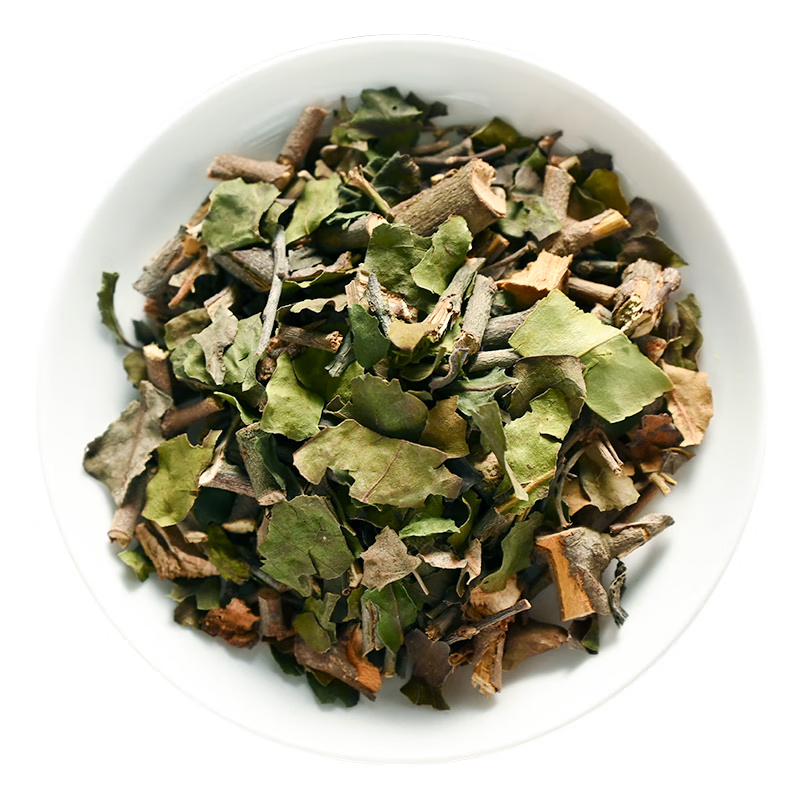
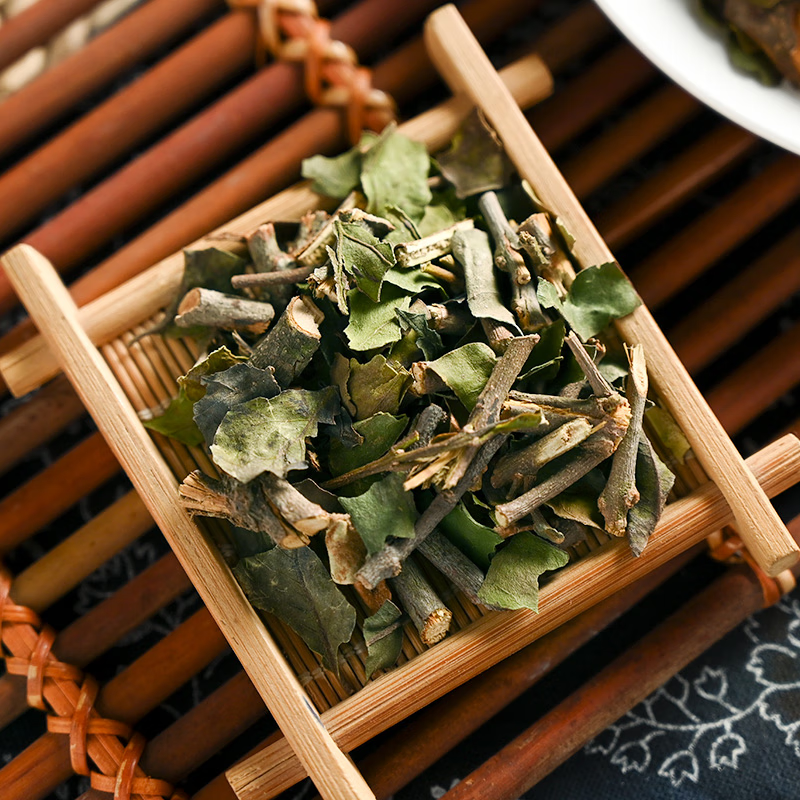




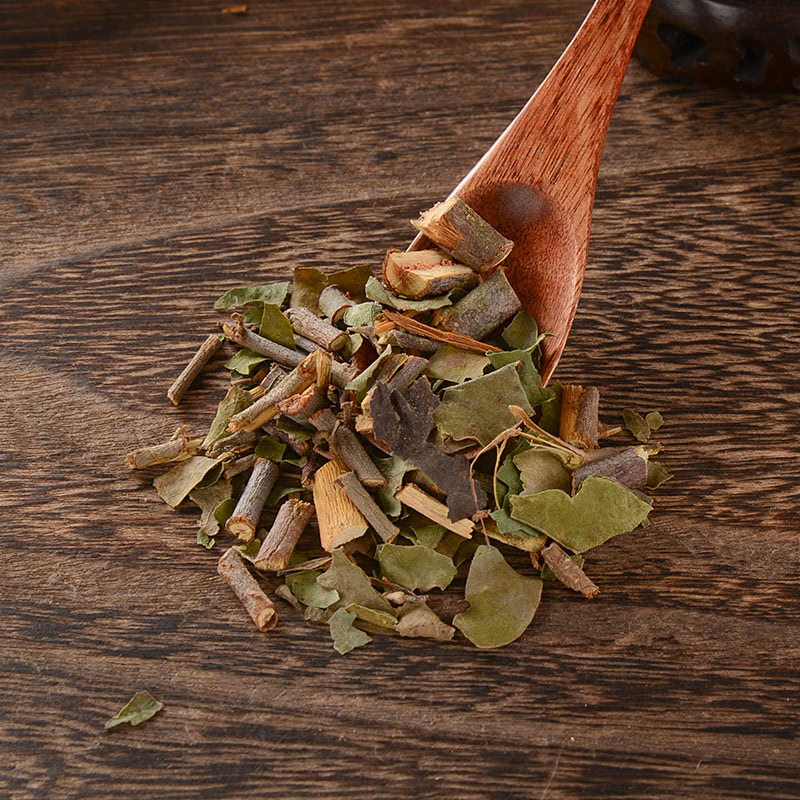
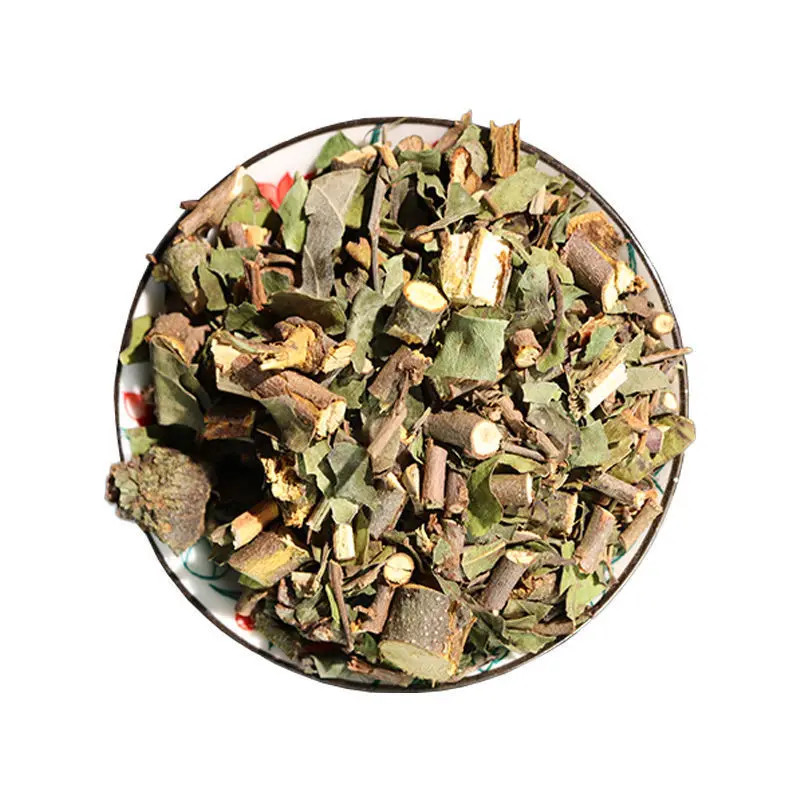

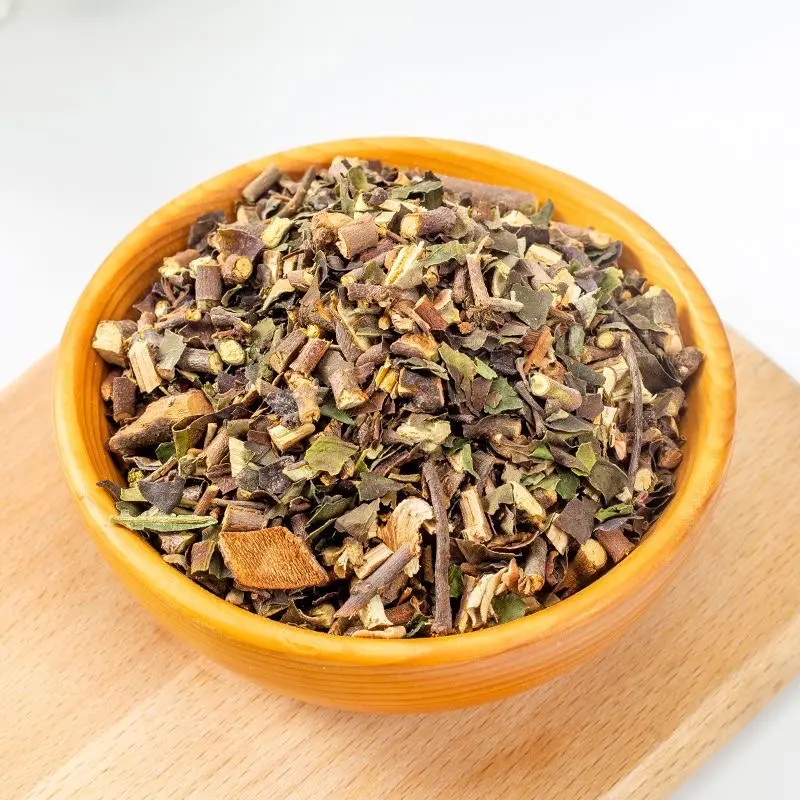

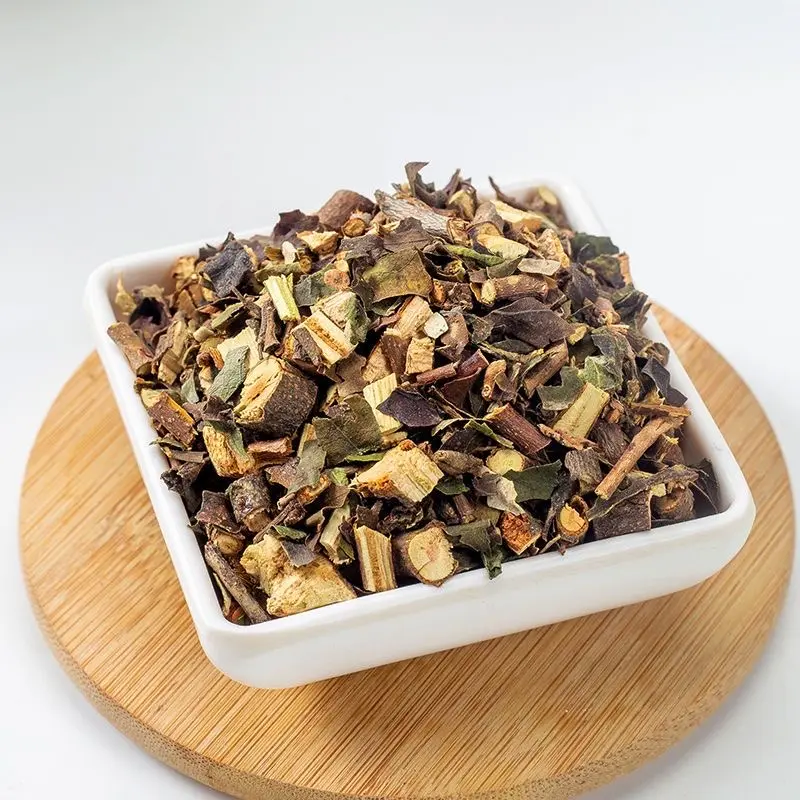

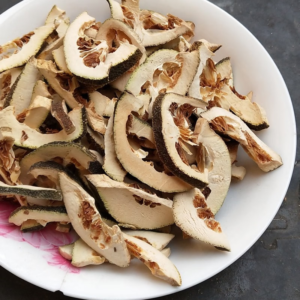
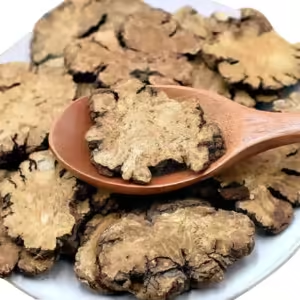
Reviews
There are no reviews yet.